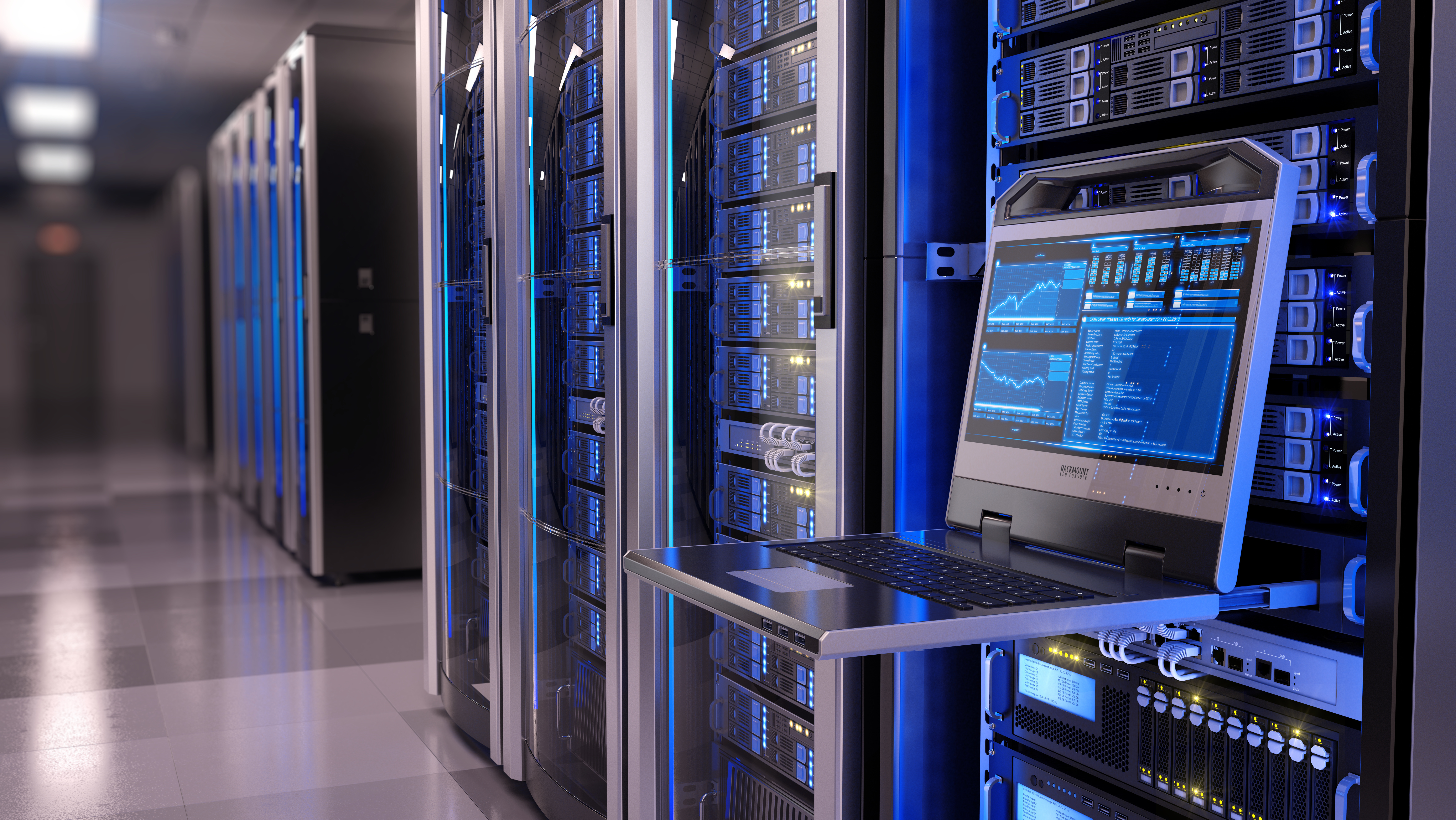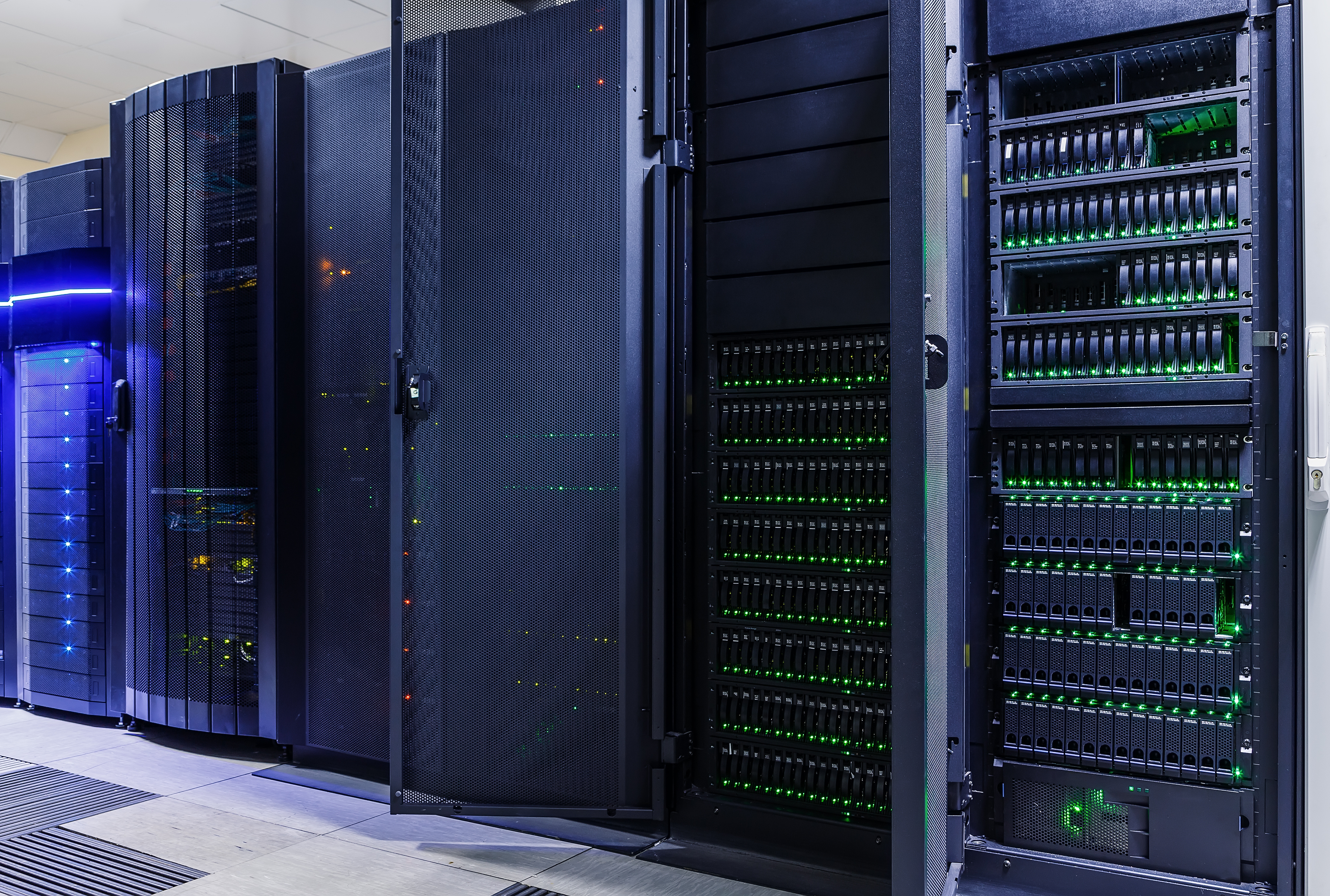Where IT Infrastructure Meets Mechanical Innovation
Posted by Austin Hardware on Nov 4th 2025

Where IT Infrastructure Meets Mechanical Innovation
In enterprise IT and network infrastructure, focus often centers on servers, software, and connectivity—yet reliable physical access hardware is the foundation that keeps everything operational. Racks, slides, locks, hinges, and sealing systems are essential for uptime, security, and scalability.
The rapid growth of artificial intelligence (AI) is expected to significantly influence supporting infrastructure. As AI workloads increase, the need for better data, power, and cooling drives new data center designs. Existing and upcoming facilities require higher rack densities, fluid cooling, and improved security. Durable, modular, and easy-to-maintain hardware is becoming more critical. The hardware choices made today for these data centers will impact AI data infrastructure performance in the future. OEMs working with IT infrastructure, racks, or enclosures can benefit from understanding these trends. In this post, we’ll explore some of those trends and how you can stay ahead.
Key Design and Market Trends
Field-serviceable, modular, tool-free assemblies reduce downtime and make upgrades easier. OEMs are increasingly looking for rails, brackets, and latches that can be installed or removed without specialized tools.
Clean routing is essential for airflow, reliability, and aesthetics, which makes integrated cable management systems paramount. Hardware that inherently supports CMA or structured cable layouts can help OEMs meet density and maintenance goals.
Secure access and compliance are critically important today. Locking systems that support RFID, PIN access, or remote monitoring improve data security and meet regulations. Products with audit trails or those integrated with access control networks are increasingly in demand.
With the rise of immersion and advanced cooling systems, latches and seals must handle fluid exposure, vibration, and temperature extremes. Corrosion resistance and IP-rated protection are essential.
Hardware that complies with open circuit potential (OCP) or other open standards enhances system integration and accelerates adoption. Manufacturers who test and certify to UL, NEMA, or EMI standards assist OEMs in reducing risk.

How Manufacturers Can Differentiate
In a crowded market, the details make the difference. Here are a few practical ways manufacturers can set themselves apart when working with enterprise IT and network OEMs:
Right-Fit Integration - getting the fit right the first time. It really matters. Hardware with precise tolerances and adjustable options helps OEMs drop components into their designs without costly rework. Make life easier for your customers by providing detailed CAD models and a few flexible variants right from the start.
As today’s enclosures are getting smarter, smart hardware integration is vital. Adding sensors that track door position or latch engagement can support predictive maintenance and system monitoring. Consider offering IoT-ready hardware with plug-and-play interfaces or simple firmware integration.
Downtime hampers productivity. Quick-swap components, captive fasteners, and modular slides simplify servicing, allowing technicians to perform repairs or replacements quickly with no special tools and less hassle. Design with field service in mind, and your customers will appreciate it.
From liquid cooling to dusty warehouse environments, environmental sealing is critical. Use gasketed closures and corrosion-resistant materials, and provide tested performance data so OEMs can design with confidence, no matter the environment.
Moving Forward: 5 Keys to Partnering for Performance
The five keys that will help component manufacturers win in today’s enterprise IT market:
- Publish educational content showing mechanical and thermal best practices.
- Provide design tools like CAD libraries and reference modules.
- Support certification to reduce OEM qualification costs.
- Offer flexible prototyping and co-engineering options.
- Emphasize supply stability and long lifecycle support.

Enterprise IT infrastructure is changing fast. Manufacturers who combine precision hardware, smart integration, and reliable supply partnerships—like those offered by Austin Hardware—will form the physical backbone of the next generation of data infrastructure.
Austin Hardware’s Enterprise IT & Network portfolio highlights the mechanical systems driving this progress. Examples include:
- Sliding rails with tool-less mounting and cable-management compatibility
- Electronic locks and access systems with RFID, audit trails, and remote monitoring
- Sealed and compliant hardware meeting IP, NEMA, or EMI/RFI standards
- Latch and hinge designs engineered for immersion cooling and next-generation thermal containment
Austin Hardware’s tool-less slides, sealed latches, and electronic locking modules accelerate design, ensure compliance, and simplify long-term maintenance. They demonstrate how the right component partner can shorten development and improve reliability.
For more information about how Austin Hardware can help you win in the fast-changing enterprise IT environment, we encourage you to check out our dedicated web page and contact one of our 11 nationwide locations nearest you.

